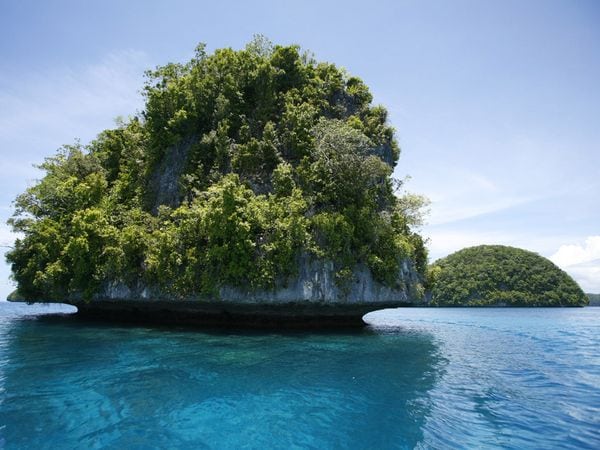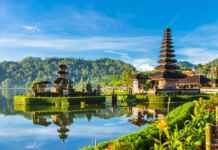For those interested in underwater activities, Palau is one of the best destinations one should go to. The highpoint of this diverse archipelago is that it is relatively unexplored and unknown, nevertheless astounding in its beauty. Located in the Micronesia area of Oceania, the possession of these islands was claimed by Britain, Spain, and Germany in the late 19th century. Situated to the southeast of the Philippines, Palau was part of the UN Trust Territory of the Pacific under US administration for three decades, until it officially became independent on 1 Oct 1994.
Palau is essentially an archipelago, composed of a group of hugely varying 250 islands, encompassing the capital state of Koror, Rock Islands, Peleliu, Angaur and Kayangei among numerous others. This westernmost cluster of the Caroline Island was a Japanese stronghold during World War II. Today, Palau has emerged as among the world’s most spectacular diving and snorkeling destination.
Climate
The Palau islands enjoy a tropical climate. There’s a high level of humidity content, of approximately 80 percent. The weather of this region is highly unpredictable. In fact, someone has rightly said, “In Palau, you can guarantee that you can catch a fish if you go fishing, but you can never guarantee what the weather will be.” Though rainfall can occur anytime throughout the year, it rains more frequently between the months of July and October. June to August are the wettest months, so it is recommended that tourists avoid this period. February and March are the driest months in Palau.
How To Reach
As far as accessing the archipelago of Palau is concerned, the only and also realistic way to commute is by plane. There is only one airport in this region, known as Airai on Babeldaob island.
Languages Spoken
English and Palauan are the official languages in this region.
Places To Visit
• Babeldaob: Micronesia’s second largest island Babeldaob, provides a glimpse of Palau in the ancient days with stone footpaths connecting villages and no red lights. On the east coast, particularly north from Ngiwal to Ngaraard one can find unending stretches of sandy beach, while the west coast is home to a mangrove-studded shoreline.
• Rock Islands: Locally known as Chalbacheb, this is one destination which every tourist to Palau makes a point to visit. Covered with jungle which dot the waters for a 32km stretch southwest, the surrounding waters contain some of the most abundant and varied marine life on the planet. In fact, with over 1500 varieties of reef and pelagic fish, Palau has four times the number of coral species, as compared to the Carribean. Crocodiles, white-tailed tropicbirds, black-napped terns, kingfishers can be easily spotted here.
• Peleliu: If you’re looking for solitude and peace, you should definitely visit Peleliu. Today, it seems that you’ve the entire island to yourself but the island has a violent history. In 1944, Peleliu was the site of one of the bloodiest battles of WWII.
If you’re looking for a peaceful holiday with some gorgeous scenery and underwater creatures for company, do plan a trip to Palau. The islands won’t leave you disappointed.










